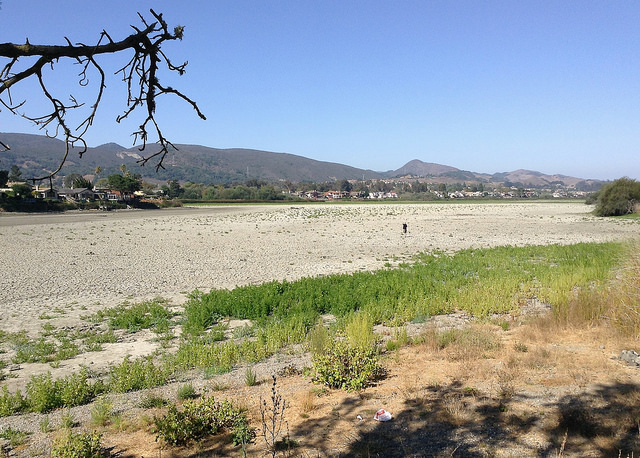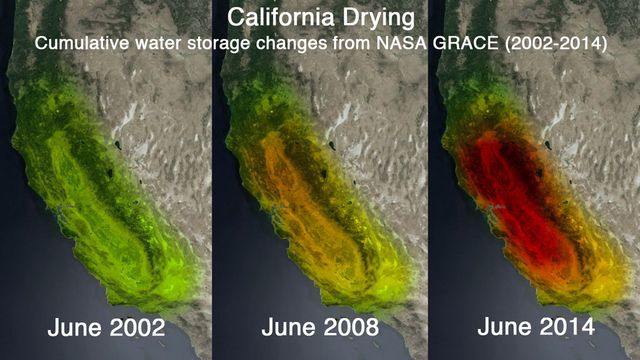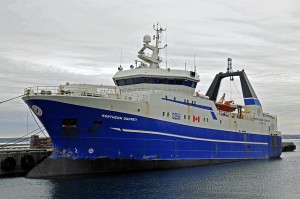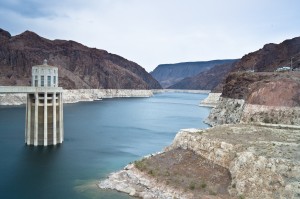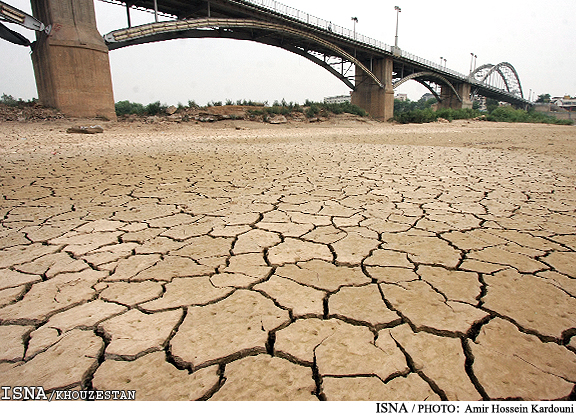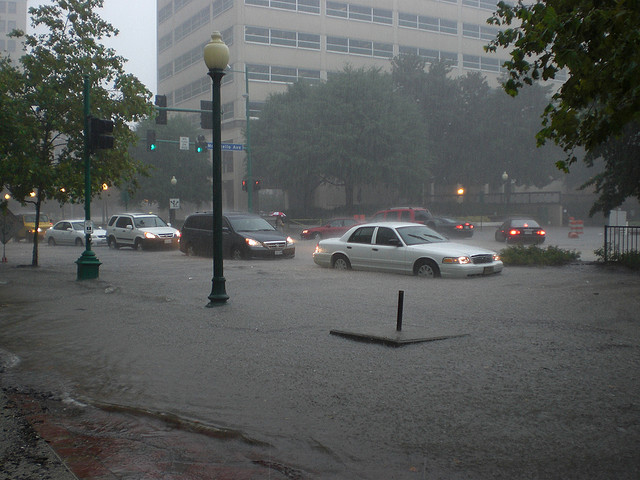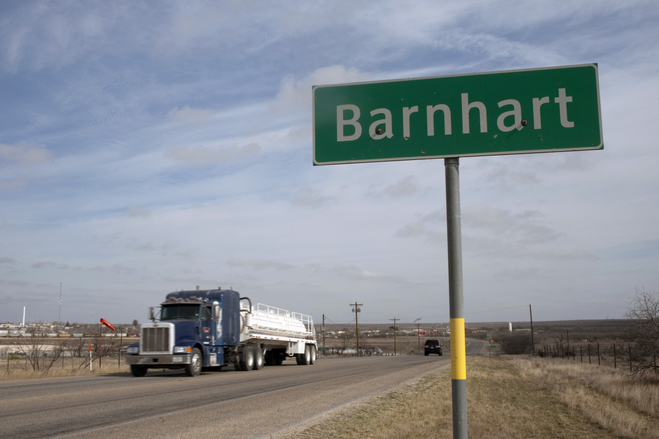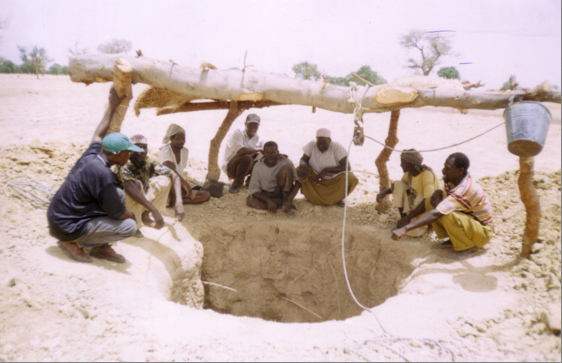Podcast: Play in new window | Download
Subscribe: RSS
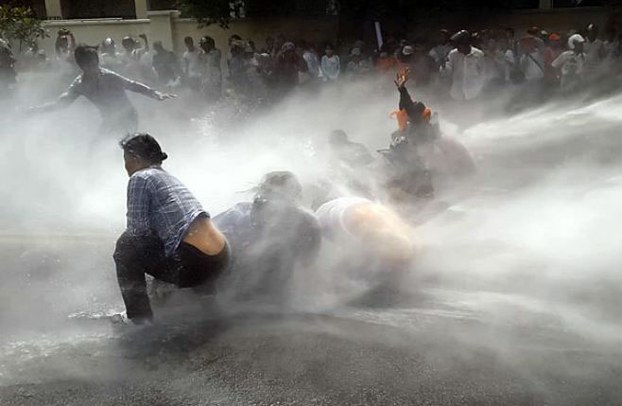
A common misconception: the wars of the future will be fought, not with water, but over it. There will be a lot of them. Soon. (Photo by Radio Free Asia)
The stresses that are rearranging the world’s maps, uprooting populations, destroying nation-states and destabilizing the planet have less to do with extreme “-isms,” geopolitics, hegemony or nuclear armaments than they do with water. Overuse, misuse and pollution of water, combined with spreading drought, a consequence of climate change, are imposing on larger and larger regions of the world an inexorable sequence of deprivation leading to desperation, then disintegration. About halfway through the progression, as desperation begins to bring on disintegration, the violence begins, and from then on the Four Horsemen of the Apocalypse ride hard. Continue reading
